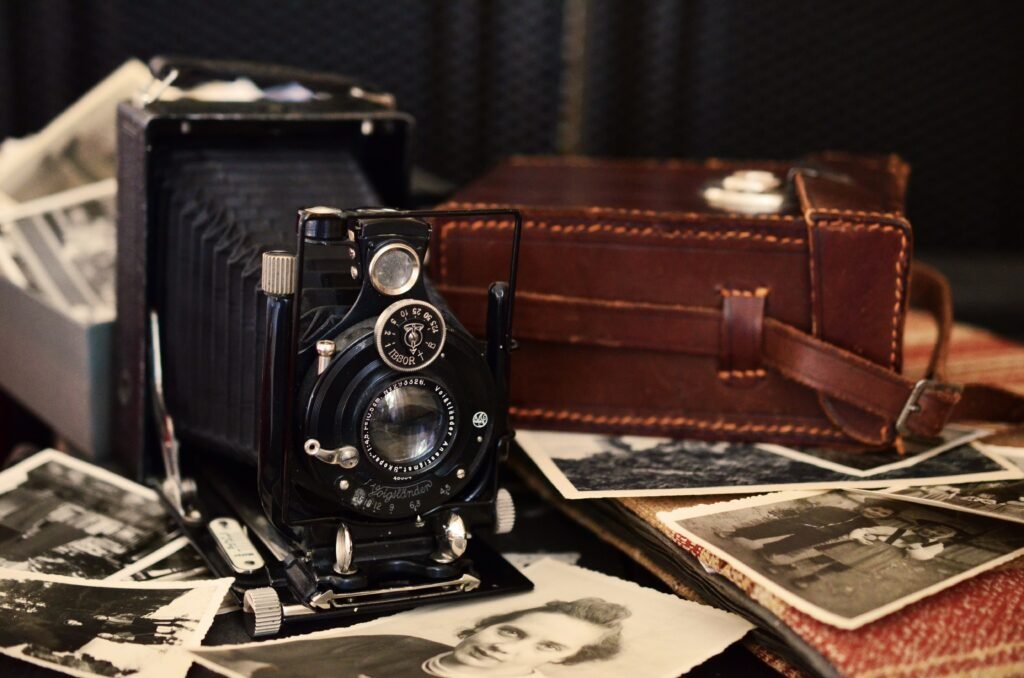
The Importance of Knowing the History of Photography
Photography is one of the most powerful forms of communication and artistic expression. It has shaped the way we see the world, record memories, and share stories. But to truly appreciate and understand photography, it’s essential to delve into its history. Knowing the history of photography is not just about dates and inventors; it’s about understanding the evolution of a medium that has transformed culture, society, and even our personal lives.
Here’s why this knowledge is so crucial:
1. Understanding the Evolution of Technology
The history of photography is a story of technological innovation. From the early days of the camera obscura and the daguerreotype to modern digital photography, each technological leap has influenced the way images are captured and shared. By studying this evolution, we gain insight into how technological advancements have shaped the art and practice of photography. It allows us to appreciate the conveniences and capabilities of modern equipment while understanding the limitations and challenges faced by early photographers.
2. Appreciating Artistic Movements
Photography, like painting or sculpture, has gone through various artistic movements. Pictorialism, modernism, and documentary photography are just a few of the styles that have influenced how photographers see and depict the world. Knowing the history of these movements helps us understand the context in which famous photographs were taken and how different techniques and philosophies have influenced photographers’ work. This awareness enhances our ability to critique and create photographic art with a deeper understanding of its roots.
3. Recognizing Photography’s Impact on Society
Photography has played a critical role in documenting and shaping social and political events. From the harrowing images of the Civil War to the iconic photos of the Civil Rights Movement, photography has been a powerful tool for social change. Understanding the historical context of these images helps us appreciate the role photography has played in raising awareness, influencing public opinion, and even driving policy changes. It also highlights the ethical responsibilities of photographers in representing truth and reality.
4. Learning from the Masters
The history of photography is rich with the work of masters like Ansel Adams, Henri Cartier-Bresson, Dorothea Lange, and many others. These photographers not only advanced the medium technically and artistically but also left behind a legacy of images that continue to inspire and instruct. By studying their work, we can learn about composition, lighting, timing, and the often-overlooked aspect of patience. Their images are not just works of art; they are lessons in seeing and capturing the world.
5. Gaining a Cultural Perspective
Photography has documented cultures, traditions, and ways of life that might otherwise have been lost to time. It has provided a visual record of human history, from the mundane to the monumental. Understanding the history of photography allows us to see how different cultures have been portrayed and how these portrayals have evolved over time. This cultural perspective is essential in today’s globalized world, where images continue to shape our understanding of each other.
6. Enhancing Personal Photography
For those who are passionate about photography, knowing its history can greatly enhance personal practice. It provides a broader context for one’s work and can inspire new approaches and techniques. By understanding where photography has been, photographers can better navigate where they want to go with their own work, whether they’re interested in portraiture, landscape, street photography, or any other genre.
7. Preserving the Past for the Future
Photography serves as a bridge between past and future generations. Historical photographs are invaluable records of how people lived, what they valued, and how they saw the world. By studying the history of photography, we learn how to preserve these visual records, ensuring that they remain accessible and meaningful for future generations. This understanding is crucial for archivists, historians, and anyone interested in the preservation of cultural heritage.
The history of photography is not just a timeline of inventions and famous images; it is a window into the evolving human experience. By understanding this history, we gain a deeper appreciation for the medium, its artistic potential, and its impact on society. Whether you are a professional photographer, a student, or simply someone who loves images, knowing the history of photography enriches your experience and understanding of this powerful medium.
